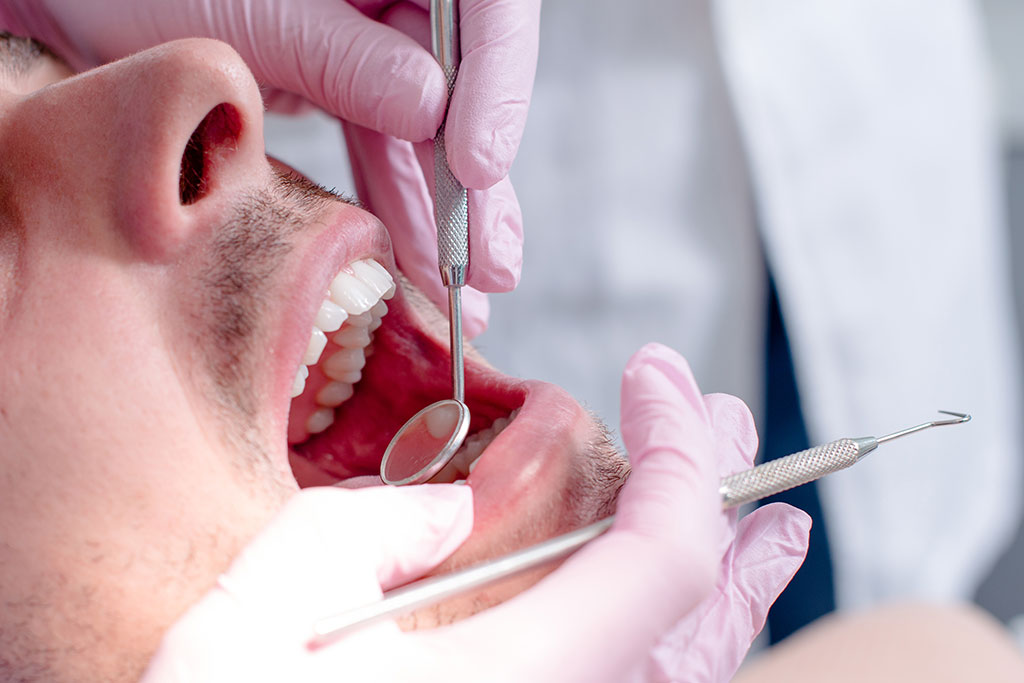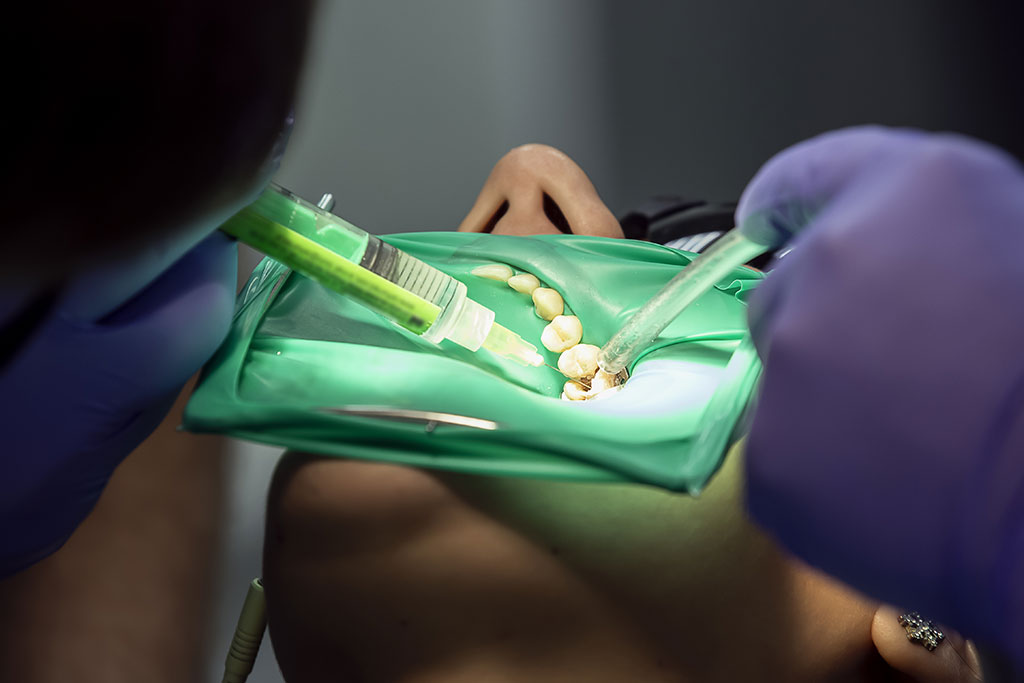If you’ve ever wondered, “What is composite bonding?”, then Bandon Dental is here to help. Essentially, composite bonding is a modern tooth restoration method. Generally, this is used for cosmetic enhancement to make teeth appear brighter and more even, or the reconstruction of lost tooth structure.
Also known as dental bonding, or teeth bonding, dentists will use a resin that’s colour-matched to your teeth, bonding it to the natural tooth. This can help reshape the tooth, and enhance its appearance. If you have a tooth – or multiple teeth – that you want to change the shape, size, or colour of, then composite bonding could be the treatment for you.
What is composite bonding?
For the most part, composite bonding is a cosmetic dental procedure. Many people opt for this method to achieve a better smile. In fact, this particular method can help address numerous dental issues, including chipped teeth, tooth gaps, or discolouration.
“In fact, if you have a misshapen tooth, then dental bonding could be a stress-free way to address this. It could completely transform your smile,” says Deirdre Dunne, owner and Dental Hygienist at Bandon Dental.
In the composite bonding process, dentists use tooth-coloured resin to bond to your teeth. This is the same composite resin used in restorative dentistry, to fill cavities, and replace silver dental fillings of the past with a version that better blends in with your teeth.

However, it’s important to note that the resin used in tooth bonding cannot be bleached. Therefore, if you want to opt for a tooth whitening service, we recommend undergoing this procedure before dental bonding. In this way, your dentist can colour-match the colour of your whitened teeth to the colour of the resin used in dental bonding.
How does tooth bonding work?
Generally, the composite bonding process should be pain-free. A dentist or dental hygienist can talk you through the procedure. Therefore, if you have any questions, contact Bandon Dental today, and let us help you.
To begin the dental bonding process, the tooth in question will be gently polished by your dentist or dental hygienist. If you’ve ever had a scale and polishing treatment, then you should be familiar with this step. Once the tooth is polished, your dentist will apply a liquid conditioner to the tooth. This will help the composite material bond to the tooth’s surface.

Then, the dentist will carefully shape the composite to your tooth. This will fill out chips, cracks, gaps, and restore your tooth to its original condition. Once your dentist is satisfied with the sculpting, they will then use a UV light to harden the resin. Finally, your dentist will shape and polish the resin, offering you and your smile the most natural results possible.
Are there any benefits to this method?
Dentists and dental hygienists recommend composite bonding due to its effectiveness in addressing cosmetic dental issues. Since we’ve answered the question of what composite bonding is, here are some advantages to the method:
- Discolouration: Composite bonding helps to cover discoloured teeth, if you don’t want to opt for teeth whitening treatments.
- Minimises tooth gaps: If you have a small gap between your teeth, teeth bonding could be a way to resolve the issue without braces.
- Repairs cracked teeth: The resin used in dental bonding is an excellent way to immediately rectify chips or cracks in teeth.
- Tooth alignment: Through dental bonding, you can create a straighter, more even smile for mildly crooked teeth.
- Tooth reshaping: For people with unevenly-shaped teeth, dental bonding could help create a better-looking smile.
In addition to this, composite bonding treatment can be quite affordable for dental patients. If you’re better suited for this, over other cosmetic procedures – such as dental crowns, it could end up being much more affordable than other methods.
Furthermore, the procedure itself is non-invasive, and for people with a healthy and regular dental hygiene routine, it should be quite painless. With this procedure, there is no recovery time, and you can go back to your normal diet and daily routine after the dental bonding process. Plus, composite bonding can result in a more natural smile – without the invasiveness of dental veneers.
How can I maintain my teeth after composite bonding?
With proper care and maintenance, composite bonded teeth can last between five to seven years. Ultimately, a visit to your local dental hygienist can help establish the steps you need to take to maintain your teeth, after dental bonding. However, there are some steps you can take on your own.
“A proper oral hygiene routine can help extend the longevity of composite bonded teeth,” Deirdre Dunne said. Therefore, after the procedure, be sure to floss – and to brush your teeth at least twice a day. You should also see your dentist for cleanings once every six months.

In addition to this, it’s important to note that composite bonding materials can chip. Because of this, you should avoid actions that could damage the resin. This could include biting your fingernails, using your teeth to open packages, or chewing on hard items, not meant for human teeth. If you feel as though your teeth are chipped, or feature any sharp edges, it’s important to get in touch with your dentist as soon as possible.
Want to get composite bonding done?
Now that we’ve established what composite bonding is, and how it can affect your teeth, you can decide whether or not this the procedure for you. To discuss this further, why not book a consultation with Bandon Dental? We can help decide whether you should opt for dental bonding, or whether there are other options better suited to your teeth.
With a team of excellent dentists and dental hygienists – including Bandon Dental’s owner, Deirdre Dunne, we can help! Whether you’re looking at getting composite bonding done, have a specific dental issue you would like addressed, or need a regular dentist in cork, make Bandon Dental your primary port of call. Contact us today at info@bandondental.ie or (023) 884 1752, and find out how we can help!


